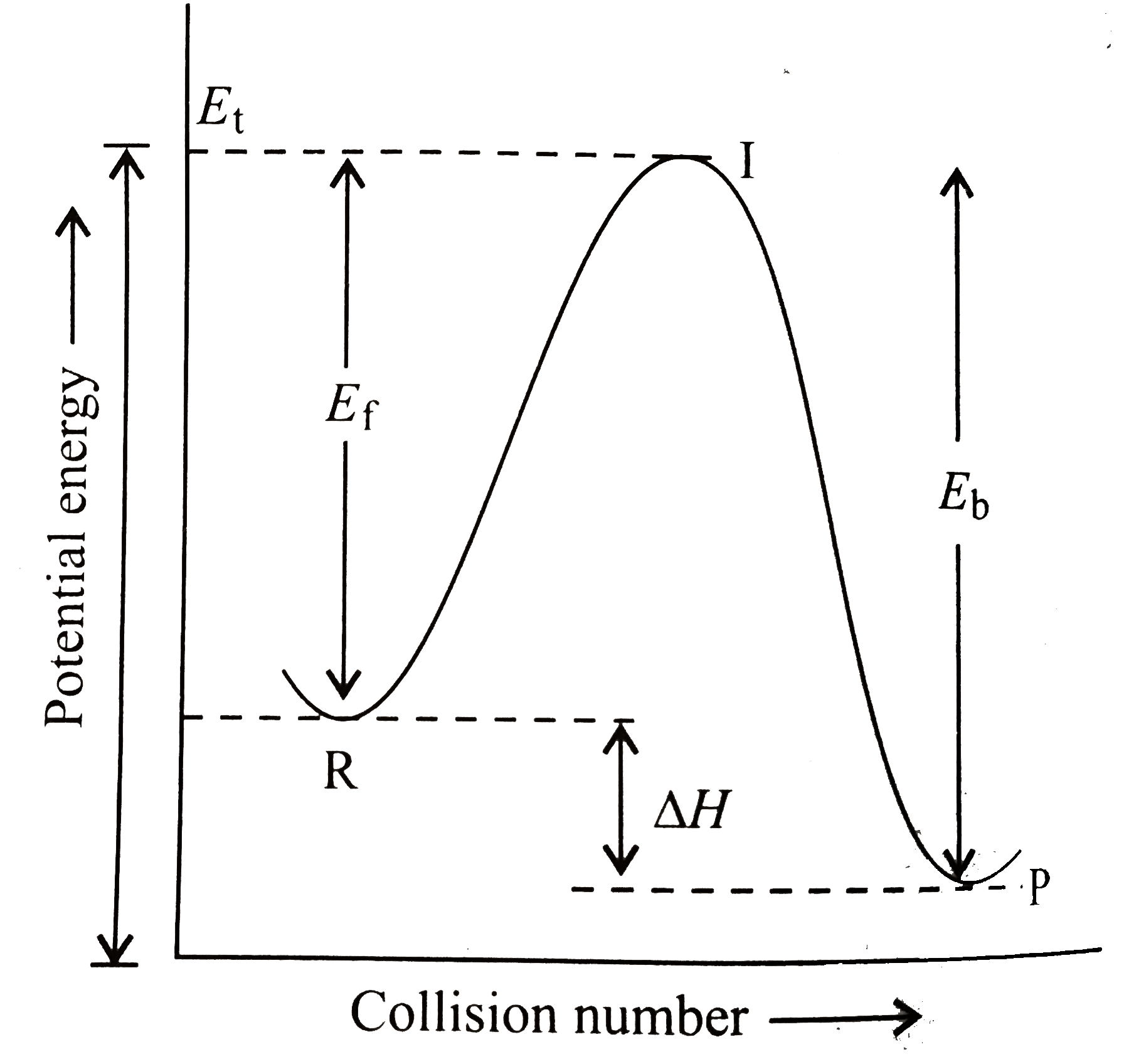If 20 J of energy is trapped at producer level, then how much energy will be available to peacock as food in the following chain?
Plant → Mice → Snake → Peacock
0.0002J
0.02 J
0.002 J
0.2J
To determine how much energy will be available to the peacock in the given food chain (Plant → Mice → Snake → Peacock), we can follow these steps:
Step 1: Understand the Energy Transfer
In a food chain, energy is transferred from one trophic level to the next. According to the 10% law of energy transfer, only about 10% of the energy from one level is passed on to the next level.
Step 2: Calculate Energy at Each Trophic Level
1. Producers (Plants): The initial energy trapped at the producer level is given as 20 J.
2. Primary Consumers (Mice):
- Energy transferred to Mice = 10% of 20 J = 0.10 × 20 J = 2 J.
3. Secondary Consumers (Snake):
- Energy transferred to Snake = 10% of 2 J = 0.10 × 2 J = 0.2 J.
4. Tertiary Consumers (Peacock):
- Energy transferred to Peacock = 10% of 0.2 J = 0.10 × 0.2 J = 0.02 J.
Step 3: Conclusion
The amount of energy available to the peacock as food is 0.02 J.
Summary of Energy Transfer:
- Plant (Producer): 20 J
- Mice (Primary Consumer): 2 J
- Snake (Secondary Consumer): 0.2 J
- Peacock (Tertiary Consumer): 0.02 J
Final Answer:
The energy available to the peacock is 0.02 J.
---
In a food chain, energy is transferred from one trophic level to the next. According to the 10% law of energy transfer, only about 10% of the energy from one level is passed on to the next level.
1. Producers (Plants): The initial energy trapped at the producer level is given as 20 J.
2. Primary Consumers (Mice):
- Energy transferred to Mice = 10% of 20 J = 0.10 × 20 J = 2 J.
3. Secondary Consumers (Snake):
- Energy transferred to Snake = 10% of 2 J = 0.10 × 2 J = 0.2 J.
4. Tertiary Consumers (Peacock):
- Energy transferred to Peacock = 10% of 0.2 J = 0.10 × 0.2 J = 0.02 J.
The amount of energy available to the peacock as food is 0.02 J.
- Plant (Producer): 20 J
- Mice (Primary Consumer): 2 J
- Snake (Secondary Consumer): 0.2 J
- Peacock (Tertiary Consumer): 0.02 J
The energy available to the peacock is 0.02 J.
Topper's Solved these Questions
Similar Questions
If 20kJ energy is available at the producer level , then how much energy will be transferred to the lion in the food chain : producer → deer → lion ?
View SolutionIdentify the possible link ''A'' in the following food chain : Plant → insect → frog → ''A'' → eagle:
View SolutionIdentify the possible link ''A'' in the following food chain
Plant → insect frog → ''A'' → Eagle
View SolutionIn the following food chain, 100 J of energy is available to the lion. How much energy was available to the producer?
Plants → Deer → Lion
View SolutionIdentify the following food chain: Dead animal Blow fly maggots → Common Frog → Snake
View SolutionRewrite the following in their correct sequence in a food chain :
Grass → Tiger → Deer
View SolutionRewrite the following in their correct sequence in a food chain :
Snake → Grasshopper → Grass → Frog
View SolutionIf 1,000,000 J of sunlight is provided to a food chain what is the amount of energy is present a top consumer level is food chain have four trophic level.
View SolutionRewrite the following in their correct sequence in a food chain :
Snake Peacock → Rat → Wheat
View SolutionA colliison between reactant molecules must occur with a certain minimum energy before it is effective in yielding Product molecules. This minimum energy is called activation energy Ea Large the value of activation energy, smaller the value of rate constant k. Larger is the value of activation energy, greater is the effect of temperature rise on rate constant k.

Ef= Activation energy of forward reaction
Eb= Activation energy of backward reaction
ΔH=Ef−Eb
Ef= threshold energy
For the following reaction at a particular temperature, according to the equations
2N2O5→4NO2+O2
2NO2+12O2→N2O5
The activation energies are E1 and E2, respectively. Then
View Solution
